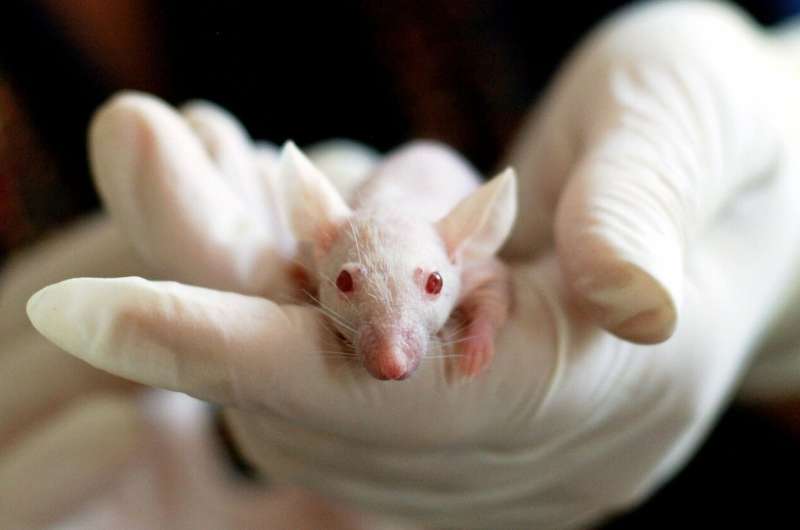This article has been reviewed according to Science X's editorial process and policies. Editors have highlighted the following attributes while ensuring the content's credibility:
fact-checked
proofread
Scientists create first humanized mouse model for rare genetic disease

Mice with a defective human gene responsible for a rare genetic disease called congenital adrenal hyperplasia, have been developed for the first time. The achievement, presented at the 25th European Congress of Endocrinology, may help to develop new therapies for people with the most common type of congenital adrenal hyperplasia.
Congenital adrenal hyperplasia (CAH) is a group of inherited conditions, which affects about 1 in 15,000 births. In the most common form, called 21-hydroxylase deficiency, mutations in the CYP21A2 gene cause the adrenal glands—a pair of small organs located above the kidneys—to produce low levels of cortisol and excess amounts of androgen hormones, such as testosterone. This leads to early puberty, girls having male features, and various health issues. Currently steroid hormone replacement therapy is used for treatment, but this may often have harmful side effects.
In this study, researchers from the University Hospital Carl Gustav Carus in Dresden, Germany, replaced the gene Cyp21a1 in mice with the human gene CYP21A2 carrying a mutation. They found that the genetically modified mice at 20 weeks had enlarged adrenal glands while expressing the human mutated gene. In addition, similarly to the human disease, the mutation caused both male and female mice to have low levels of corticosterone—the main stress hormone in mice that is the equivalent to cortisol in humans—and other hormonal imbalances.
Although animal models for congenital adrenal hyperplasia exist, this is the first to reproduce the human condition in mice and able to survive without any treatments. "Our mice accurately mimic the symptoms seen in human patients," said lead author Shamini Ramkumar Thirumalasetty. "For example, the female mutant mice also have issues with fertility, which we believe is most probably due to the hormonal imbalances triggered by congenital adrenal hyperplasia."
This mouse model will now allow the team to study the mechanisms of the disease and to find the most effective treatments. "Although novel treatments are being developed to minimize the side effects of steroid hormones, these drugs lack effective in vivo models for pre-clinical testing," said Ms. Thirumalasetty. "Our mouse can serve as an excellent model to test novel drugs and treatment options for patients with congenital adrenal hyperplasia, such as stem cell therapies, and will facilitate the transition from basic research to the clinic."

















